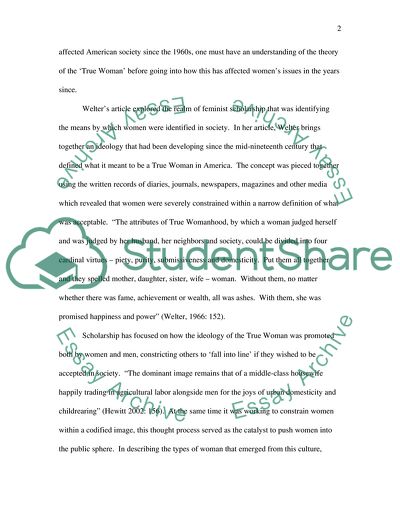Cite this document
(The Impact of the Womens Liberation Movement - 1960s to Present Essay, n.d.)
The Impact of the Womens Liberation Movement - 1960s to Present Essay. Retrieved from https://studentshare.org/history/1710211-the-impact-of-the-womans-liberation-movement-in-the-us-from-the-late-1960s-to-the-present
The Impact of the Womens Liberation Movement - 1960s to Present Essay. Retrieved from https://studentshare.org/history/1710211-the-impact-of-the-womans-liberation-movement-in-the-us-from-the-late-1960s-to-the-present
(The Impact of the Womens Liberation Movement - 1960s to Present Essay)
The Impact of the Womens Liberation Movement - 1960s to Present Essay. https://studentshare.org/history/1710211-the-impact-of-the-womans-liberation-movement-in-the-us-from-the-late-1960s-to-the-present.
The Impact of the Womens Liberation Movement - 1960s to Present Essay. https://studentshare.org/history/1710211-the-impact-of-the-womans-liberation-movement-in-the-us-from-the-late-1960s-to-the-present.
“The Impact of the Womens Liberation Movement - 1960s to Present Essay”. https://studentshare.org/history/1710211-the-impact-of-the-womans-liberation-movement-in-the-us-from-the-late-1960s-to-the-present.


